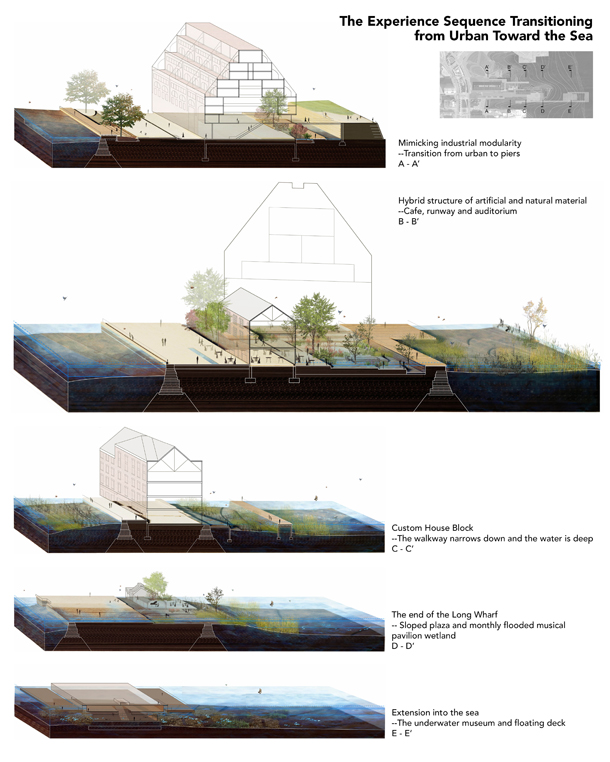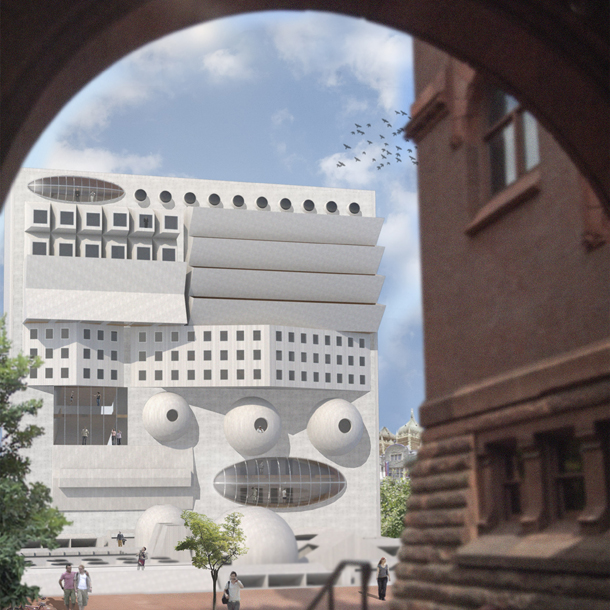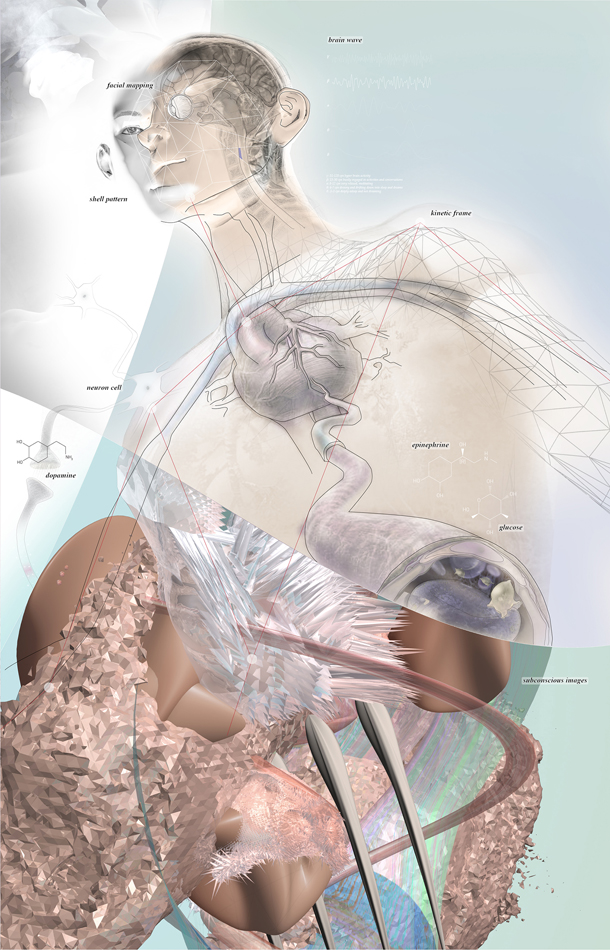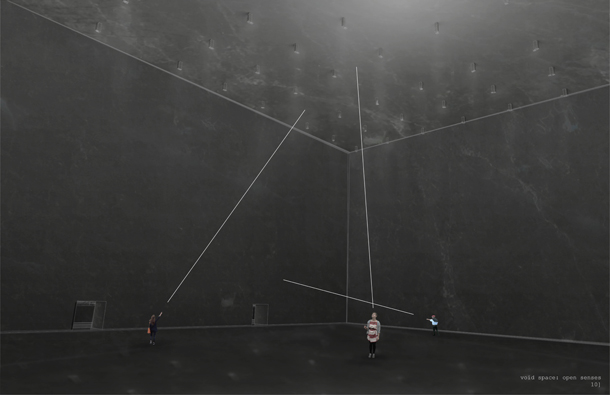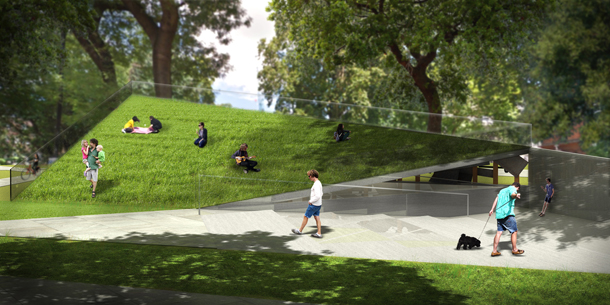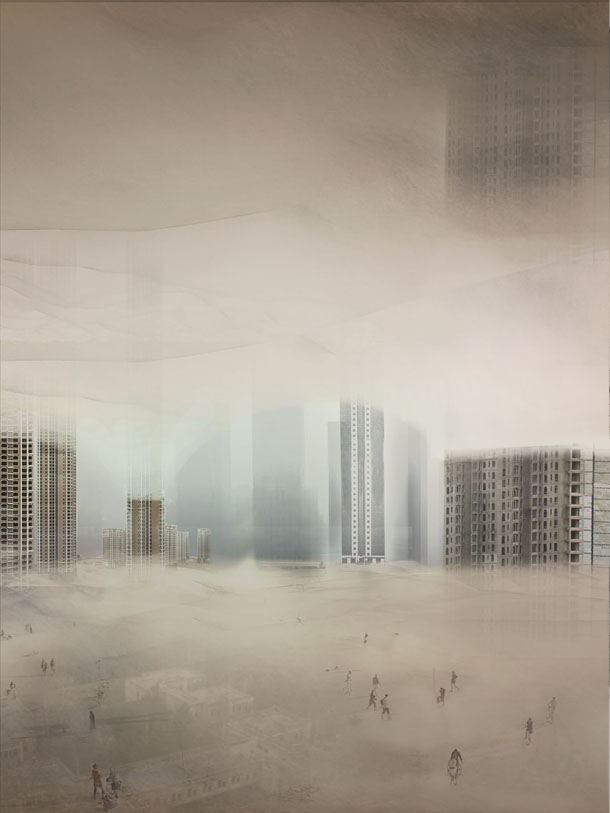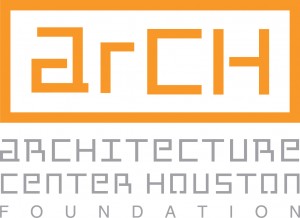Announcing the Finalist projects for the 2015 Expanded Environment Awards: MONSTER!
These outstanding projects were determined based the following criteria:
- Answers the “Monster” Call
- Presents a concept that is strong and convincing
- Offers a written argument that is well made
- Graphically illustrates the concept in a clear and exciting manner
- Is a project that exemplifies the Expanded Environment Mission
- Is a project that you would support
This was a competitive year and we would like to congratulate all of the contestants. The top three winning projects will be announced in early September.
For more information about MONSTER click here.
Distinguished JURY:
Ariane Lourie Harrison, Critic, Yale University and Pratt Institute, GAUD
Catherine Ingraham, Professor of Architecture, Pratt Institute, GAUD. Author, Architecture and the Burdens of Linearity (1998) and Architecture, Animal, Human (2006)
Ryan Ludwig, Architect, AoP / Adaption of Parts
Haldre Rogers, Ecologist, Rice University
Mason White, Assoc. Professor of Architecture, John H. Daniels Faculty of Architecture, University of Toronto
Antonio Torres, Beastmaster, The Bittertang Farm
Michael Loverich, Beastmaster, The Bittertang Farm
The following projects have been selected as FINALISTS.
FINALIST: Two Rule Architecture School by You Zhi Eugene Tan
“Taking the education of the architect as a principal architectural problem, my project places the pressing need for a new pedagogical vision within global capital’s fixation on the object, and its implications on architects and their profession. In a time when practice involves unprecedented interdisciplinary collaboration and a new ethical consciousness, the lore of architecture education remains that of the student who never leaves studio and sleeps under his desk.”
FINALIST: Weather Species by Suo Ya
This project rethinks the contemporary relationship of human and architecture as an expanded ecology through the lens of weather. The concept of ‘weather’ in Jonathan Hill’s Immaterial Architecture is a thread connecting the natural and the digital/electromagnetic environment. Architecture negotiates human with the weather around us — it is a medium of communication. Focusing on the immaterial aspect of architectural experience, buildings can be substituted by objects that edit weather. With the advancement of technology in computing and bio-engineering, our built environment has become more intelligent. The objects come alive and become weather species that can communicate with human to reach the ideal weather that accommodates human needs and desires. This project aims to open up the discussion around an expanded ecology of human and weather species.
FINALIST: The Collector by Will Fu
The Collector is a monster that undermines the image based perception of architecture by filtering iconic projects from context, the virtual web, and the shields of architectural critic’s texts and magazines, in order to distil out two fundamental ideas of building; form and presence. The idea is to put all future icons of distinct distortions on a common ground to determine the next horror for architecture while restating that architecture is not just than an exterior manipulation for identity and pleasure for the eyes, but an engaging and social enigma.
FINALIST: In Praise of Dust by Young-Tack Oh
In the 19th century, mythical notions of miasma held that smells from rotting organic matter in the air was wrought with disease. Consequently, the olfactory sense became the true indicator of health and well-being. Soon, ungodly networks of sewers banished odors underground. With the introduction of microscopes, the apparent invisibility of dust came under intense inspection. Despite increased visibility into the world of dust, attempts to categorize the ephemeral matter remain divided.
FINALIST: Jeckyll and Hyde by Yu-Lun Hsu
A bike parking structure which uses the theme of human duality from Dr. Jekyll and Mr. Hyde of Robert Louis Stevenson’s short novel. The project serves as a discussion point regarding the constructive and deconstructive nature of civilization and our society today. The interactive elements of functionality combined with the utilization of nature addresses and promotes the issue of balance and sustainability.
FINALIST: Walk Into the Sea by Zhi Wang
Because of the global sea-level rise, many old port cities and their littoral culture are threatened by storm floods. Traditional seawalls or dikes will cut down the connection between urban activities and the coastal environment. This design draws on the Long Wharf, Boston, Massachusetts, as an example of how to make use of the existing piers to create a hybrid structure to deal with sea level rise, and at the same time allow the expanding force of both urban growth and natural change.
The following projects have been selected for HONORABLE MENTION:
HONORABLE MENTION: Mapping the Monster, by Ewan Lau
HONORABLE MENTION: Strata by Kyle O’Brien
Strata posits a global state of placelessness wherein traversable levels of tensile membranes are hoisted above the earth’s surface, thereby supplanting the then overgrown urban grid, and creating a new world of nomadic people. In some distant future, we find ourselves dependent upon a new epidermis: a shade from the sun, a bio-filter for the air, and a shroud for the earth. At the height of the era of ‘Megatall’ buildings, a uniform experience fell upon the inhabitants of such structures – a quest for a new plane of travel, and the freedom to leave the otherwise urban cell. So the towers grew out, and in a sense, the world began over. In this narrative, monstrosity is both a precursor and a result. Strata exists as a result of densification, human ambition, and an unquenchable thirst to build higher. It offers an environmental remedy, but also serves as an alternative to Cartesian thinking. It provides a place for meditation, but also dissolves the social centers that occupied the former ground. As such, Strata is not in and of itself the solution, but rather, a hypothesis on how some of our current problems might morph and extend into a future alternative.
MONSTER is supported with much thanks from the following organizations:

